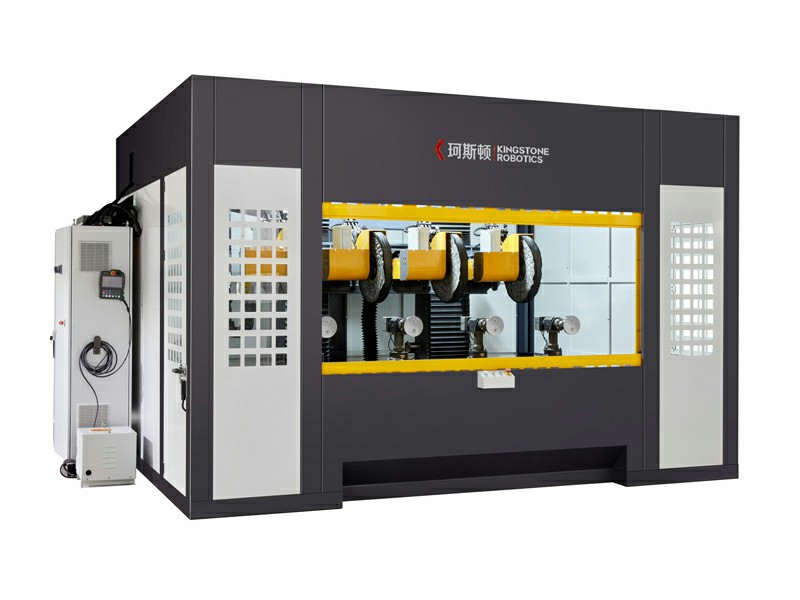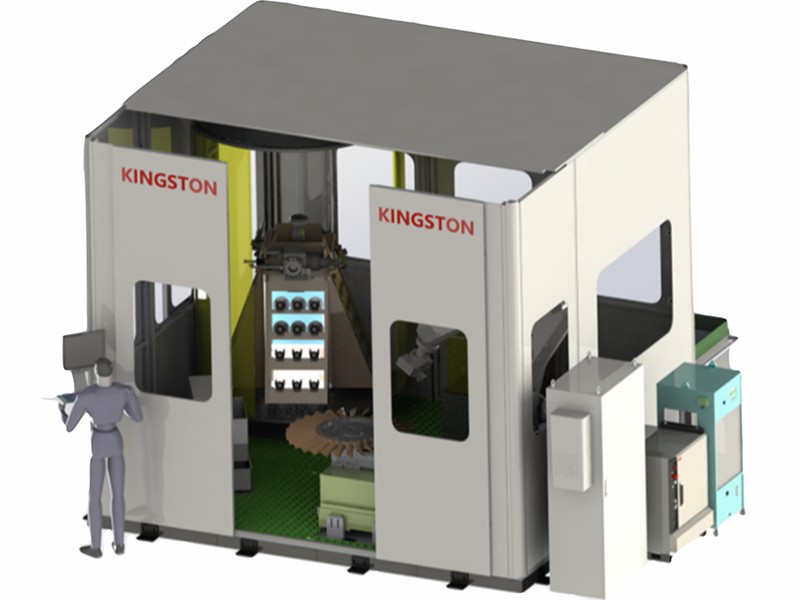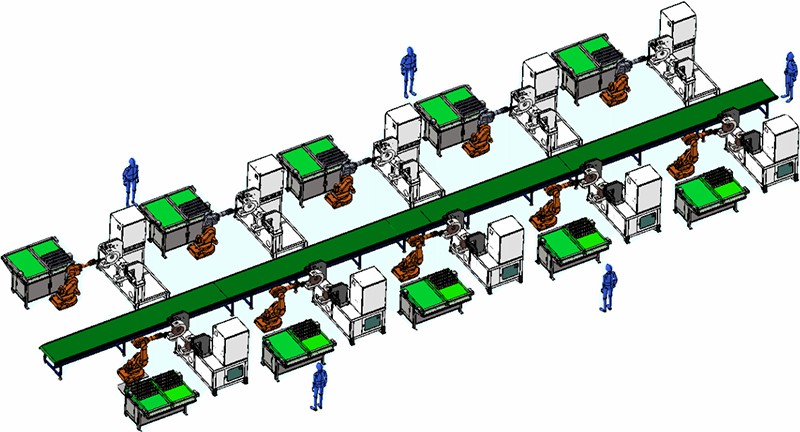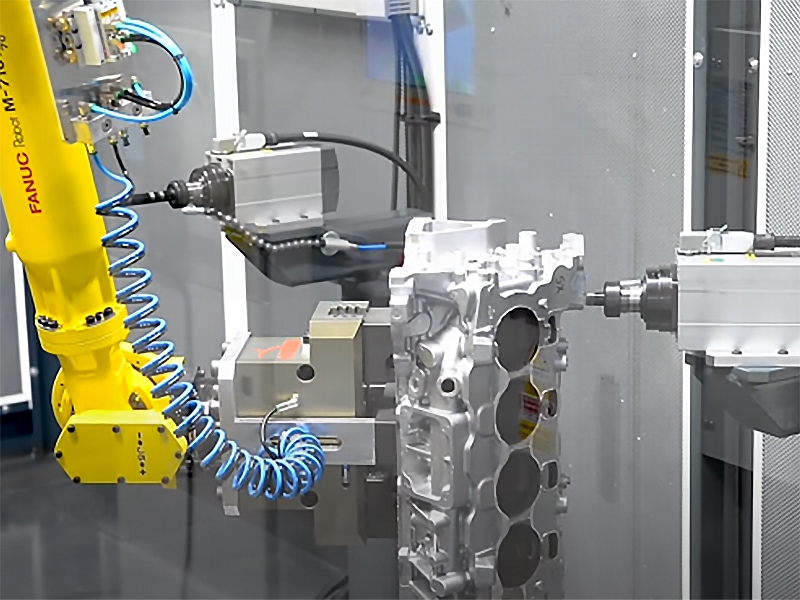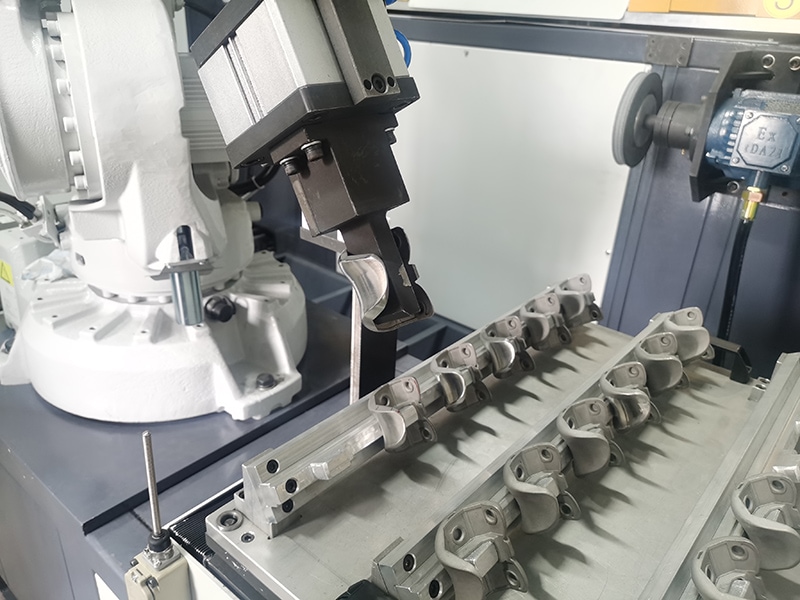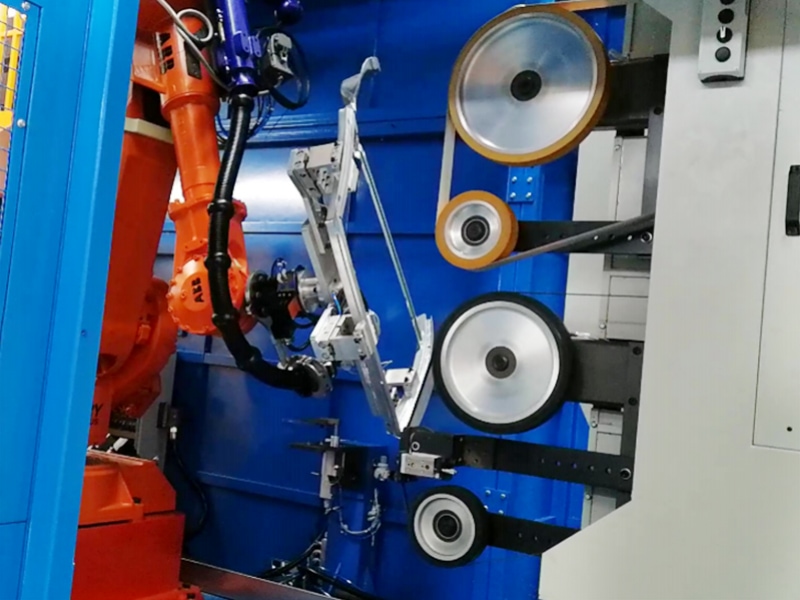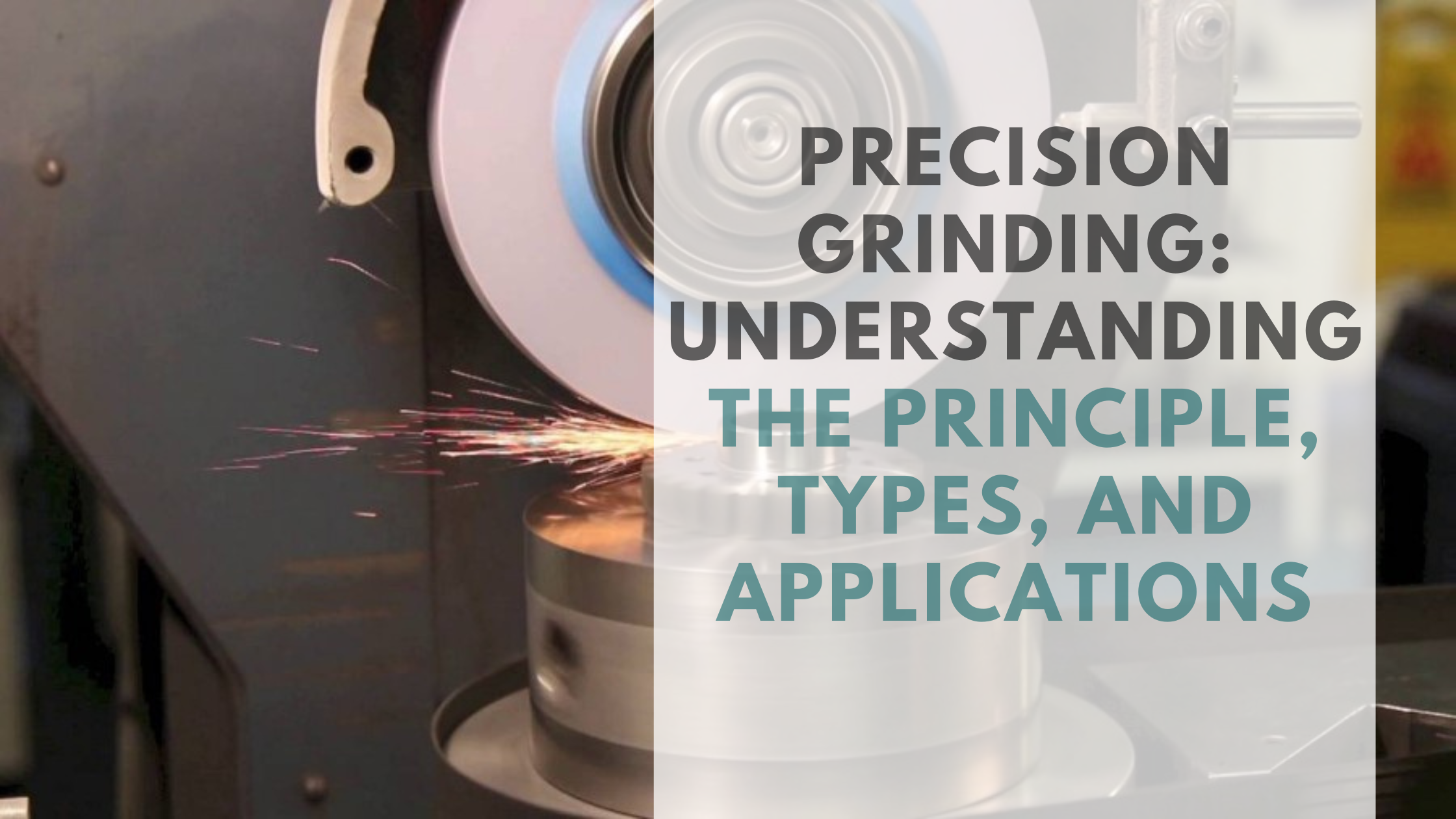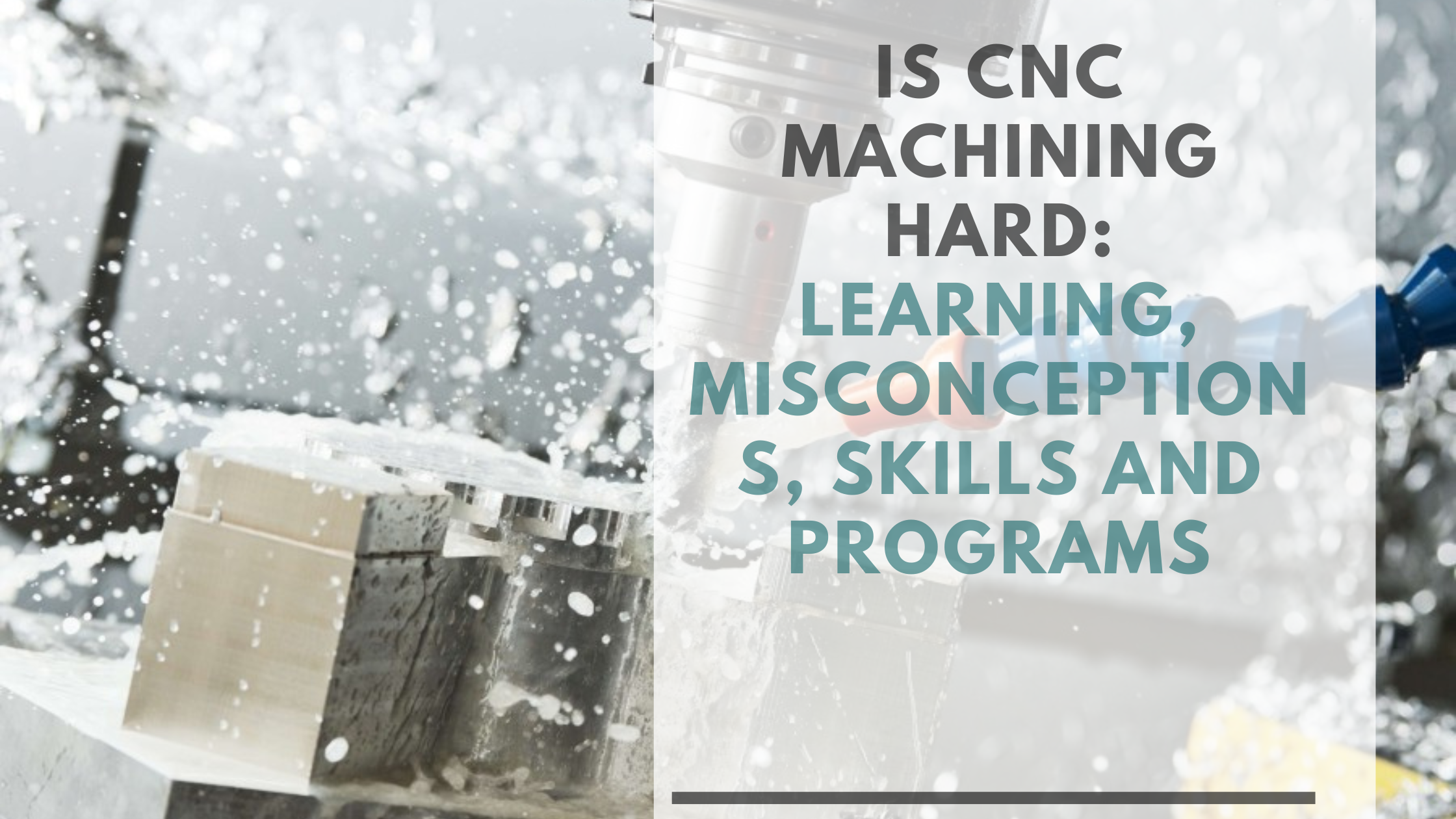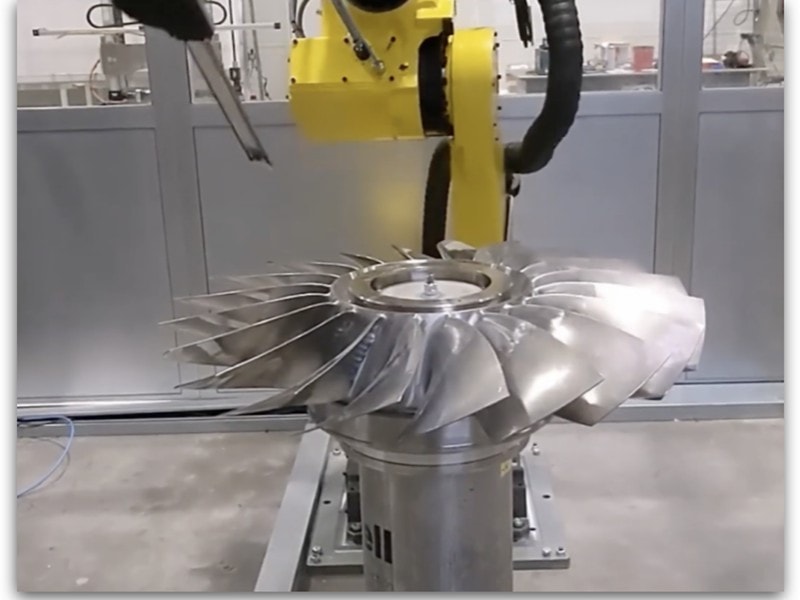Is CNC Machining Hard? Learning, Misconceptions, Skills and Programs
Mastering CNC machining is a challenging yet achievable goal. Beginners often perceive CNC machining as complex, but in reality, consistent practice and dedication significantly ease the learning process. Gaining proficiency in CNC machining unlocks extensive career opportunities, particularly in precision-demanding industries such as aerospace and automotive manufacturing.
In this article, we'll thoroughly explore the CNC machining learning process, key skills required, and how to accelerate your journey to proficiency.
What is CNC Machining?
CNC machining, or Computer Numerical Control machining, refers to a manufacturing process in which computers are used to control machine tools with extreme precision. Unlike manual machining, which depends heavily on an operator’s skill, CNC systems interpret programmed instructions—primarily G-code—to automate the operation of mills, lathes, routers, and grinders. These instructions guide the cutting tools’ movements and parameters such as speed, feed rate, and positioning, enabling the accurate creation of complex geometries in metals, plastics, composites, and more.
This high level of automation improves repeatability and quality control while reducing manual errors and production time. CNC machining is integral to a wide range of industries, including aerospace, automotive, electronics, and medical device manufacturing, where consistent quality and tight tolerances are critical.

A prime example of innovation in this space is Kingstone Robotics, which integrates robotics into CNC-based processes to further enhance operational efficiency. Their automated polishing and deburring systems represent a fusion of CNC precision with robotic adaptability, allowing manufacturers to handle complex surface finishing tasks with greater accuracy and reduced labor. These robotic-CNC hybrid solutions exemplify the direction modern machining is heading—toward smarter, more connected, and more autonomous production environments.
Is CNC Machining Hard to Learn?
At first glance, CNC machining can appear intimidating due to its blend of mechanical systems, software programming, and precision requirements. Newcomers often face a steep learning curve as they are introduced to machine operations, G-code language, and the interpretation of technical drawings. However, the difficulty primarily stems from unfamiliarity rather than inaccessibility. Beginners typically start with straightforward machine operations—loading materials, initiating pre-set programs, and monitoring basic functions—before progressing to more advanced responsibilities like custom programming and complex part setups.
With steady practice and access to proper training—such as simulation tools, supervised workshops, and guided tutorials—learners begin to internalize the structure of CNC systems. As foundational skills take hold, what once seemed daunting becomes procedural. Over time, consistent exposure not only increases confidence but also accelerates learning, especially when reinforced by hands-on experience and real-time feedback. Institutions and integrators like Kingstone Robotics further support this process by offering user-friendly robotic CNC systems that simplify operational learning while maintaining industrial-grade precision.
What Are Common Misconceptions About Learning CNC Machining?
Misunderstandings surrounding CNC machining often discourage potential learners, despite the field being accessible to a wide range of skill levels.
- Machinist Levels: A prevalent myth is that all CNC machinists perform similar tasks. In practice, roles vary significantly—entry-level operators manage repetitive parts with pre-set programs, while experienced machinists write and troubleshoot G-code, design tooling setups, and work on tight-tolerance components.
- Learning Difficulty: CNC programming is often viewed as overly technical. While G-code and CAM software may seem foreign initially, they follow logical, rule-based systems. With practice, learning them is akin to acquiring a new language or instrument—challenging at first, then increasingly intuitive.
- Self-Doubt: Some individuals doubt their ability to succeed in CNC machining, believing it requires inherent talent. In truth, the profession values persistence and precision more than natural aptitude. Many successful machinists began with no prior experience and developed skills gradually.
- Speed of Mastery: It’s commonly assumed that CNC machining can be mastered quickly. While it’s true that basic operations can be learned in a few months, deeper expertise—such as multi-axis programming, custom fixture design, or integrating robotics—typically takes years of applied practice and ongoing education.
What Skills Are Essential for Mastering CNC Machining?
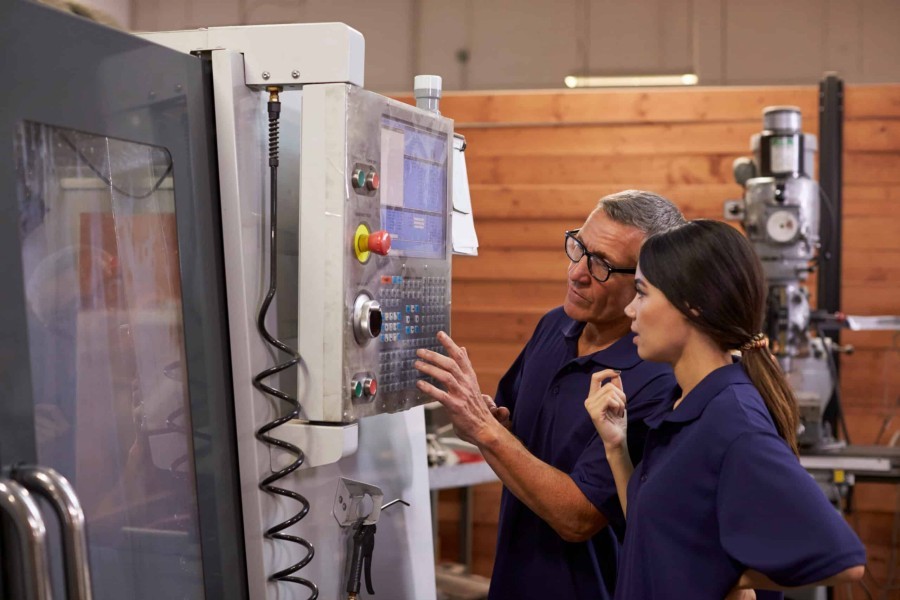
Achieving mastery in CNC machining requires more than just familiarity with machines—it involves a combination of technical competencies and critical personal attributes. Successful CNC machinists are inherently detail-oriented, curious about mechanical processes, and disciplined in their approach to problem-solving. A strong ability to self-learn and adapt is essential, as CNC technology continues to evolve with software updates, automation enhancements, and new materials.
Experienced machinists are not only responsible for running machines but also for planning tool paths, anticipating potential errors, and making adjustments to optimize both speed and quality. They must perform careful setup checks and use a systematic, risk-aware mindset to ensure operations proceed smoothly and safely.
Core Technical Skills Include:
- Machine Operation: A foundational understanding of CNC machine behavior, including axis control, spindle speed, and machine-specific functions. This helps machinists predict machine responses and prevent mechanical faults.
- Tooling Knowledge: Knowing which cutting tools to use for different jobs—and how to manage tool life and wear—is essential. Tool selection directly affects surface finish, dimensional accuracy, and machining efficiency.
- Materials Knowledge: Different materials (e.g., aluminum, stainless steel, titanium) respond uniquely to cutting forces. A skilled machinist adjusts parameters such as feed rate and spindle speed based on each material’s properties.
- Programming Skills: Proficiency in G-code writing and CAM software enables machinists to translate CAD models into precise machine instructions. This includes knowledge of toolpath optimization and process simulation.
- Maintenance Skills: Preventive maintenance ensures machines operate reliably. Recognizing early signs of wear or malfunction can prevent costly downtime.
- Precision Measurement: Using instruments like micrometers, calipers, and coordinate measuring machines (CMMs) ensures that final parts meet tight tolerances and customer specifications.
Professionals working with advanced robotic-integrated CNC systems—such as those from Kingstone Robotics—also benefit from a familiarity with automation logic and collaborative robot operation, as these systems are becoming increasingly common in high-throughput production lines.
What Programming Knowledge is Required: G-code and CAM
To be effective in CNC machining, a solid understanding of programming is essential—particularly in G-code and CAM (Computer-Aided Manufacturing) systems. G-code is the foundational language of CNC operations, dictating every movement, feed rate, and spindle rotation that the machine executes. Each line of G-code corresponds to a precise command, such as initiating a cut, changing tools, or pausing a cycle. Machinists who can read and write G-code gain complete control over the machining process, especially for customizing toolpaths or troubleshooting complex jobs.
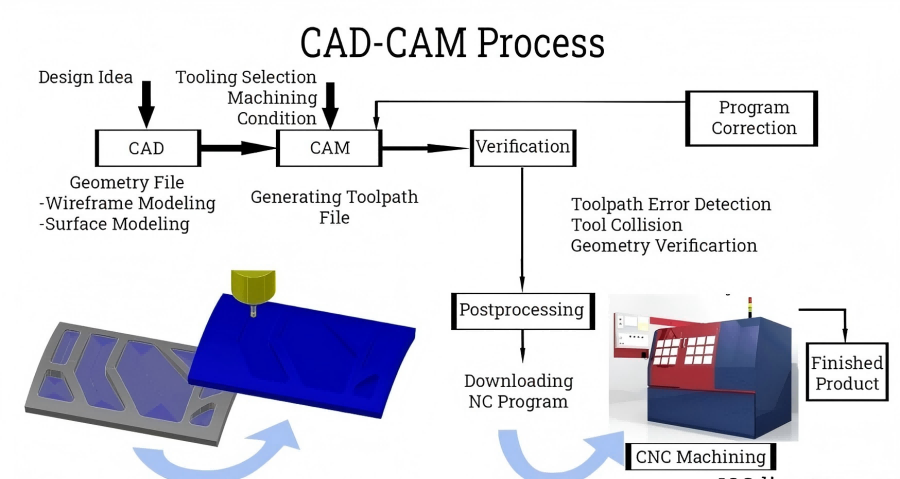
CAM software, by contrast, automates the generation of G-code by converting CAD (Computer-Aided Design) files into machine instructions. This translation simplifies workflow, especially in environments that require frequent design iterations or work across multiple part geometries. Popular CAM tools include:
- Mastercam: Known for its robust toolpath generation and support for 3-, 4-, and 5-axis machining. It is widely used in aerospace and automotive production.
- Fusion 360: Offers cloud-based CAD/CAM integration with accessible simulation features and is especially popular among small manufacturers and prototyping shops.
- SolidWorks CAM: Ideal for users already designing in SolidWorks, this software provides seamless integration between part modeling and manufacturing setup.
Manual and CAM Programming
Despite the growth of CAM automation, manual programming remains a critical skill. It enables machinists to quickly modify existing programs, fine-tune toolpaths on the shop floor, or handle unique, short-run parts without the need for full CAD models. Manual coding also provides a deeper understanding of how the machine interprets commands—valuable when diagnosing problems or optimizing performance.
Are Analytical and Mathematical Skills Required?
Analytical and mathematical abilities play a supportive but manageable role in CNC machining. While advanced math isn’t necessary for every machinist, a firm grasp of basic arithmetic, geometry, and trigonometry is crucial for everyday tasks such as calculating speeds and feeds, adjusting dimensions, and understanding part geometries. These skills enable machinists to interpret technical drawings accurately, measure tolerances, and make informed decisions during setup and production.
Roles that involve programming or multi-axis machining often require more complex problem-solving abilities, particularly in spatial reasoning and kinematic motion. However, the industry has evolved significantly with the widespread adoption of advanced CAM systems and real-time simulation tools. These technologies have minimized the need for manual math by automating most computational processes.
For example, Kingstone Robotics’ CNC polishing and finishing systems come with built-in templates and machine intelligence that manage surface speed, pressure compensation, and motion control—allowing the machinist to focus on outcomes rather than formulas. This shift enables technicians to approach tasks strategically by interpreting data and results, rather than performing raw calculations. As a result, modern CNC environments prioritize conceptual understanding and troubleshooting ability over advanced math proficiency.
How Can You Start Learning CNC Machining?
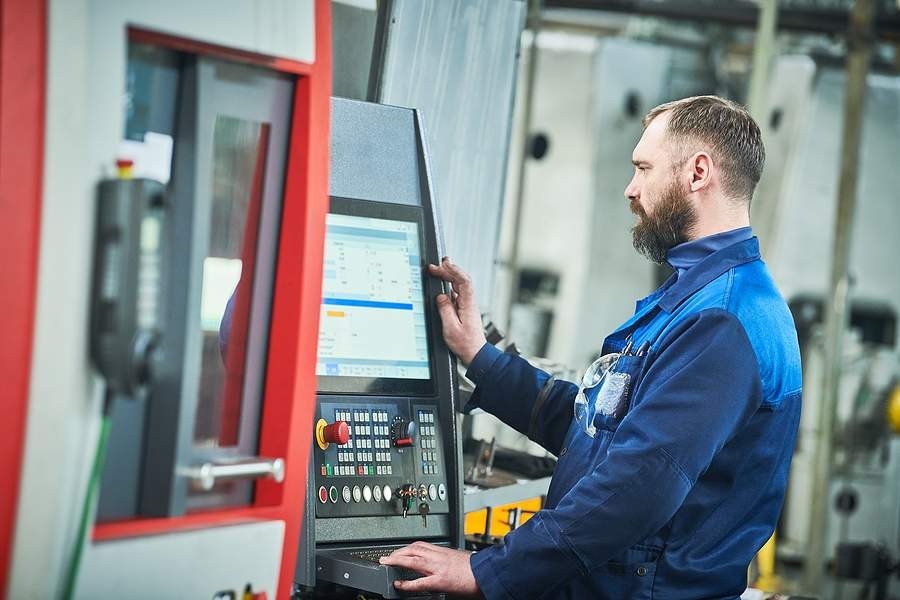
There are multiple educational pathways available for anyone interested in learning CNC machining, each offering unique benefits depending on your learning style, resources, and career objectives:
- Vocational Training Programs: These are typically offered by trade schools and focus on hands-on instruction. Students work directly with CNC machines and CAM software, often graduating with job-ready skills in under a year.
- Online Courses: Platforms such as Coursera, Udemy, and LinkedIn Learning provide flexible, self-paced training. These are ideal for learners balancing jobs or looking for affordable entry points into the field.
- University Programs: Some universities offer associate or bachelor's degrees in manufacturing technology or mechanical engineering with a CNC focus. These programs combine technical machining knowledge with broader engineering education, suited for long-term career advancement.
- Apprenticeships: Many employers offer earn-while-you-learn programs combining classroom instruction with on-the-job training. Apprenticeships are especially effective for learners who prefer experiential learning and often lead to permanent employment.
- Self-Learning Resources: For highly motivated learners, textbooks, YouTube tutorials, technical forums, and manufacturer-specific guides (like those from Kingstone Robotics) provide in-depth knowledge. This path requires strong discipline but can be tailored to specific interests, such as 5-axis machining or robotics integration.
Real Challenges When Learning CNC Machining
Newcomers to CNC machining often face several initial hurdles, both technical and psychological. One of the most common early challenges is learning to read and interpret engineering blueprints and technical drawings, which are critical for understanding part specifications, tolerances, and machining sequences. Operating CNC machines also requires developing a tactile understanding of machine behavior, tool dynamics, and response to different materials.
Self-doubt can be a significant barrier, especially when encountering complex systems and error-prone setups. Early mistakes—such as tool breakage or incorrect programming—can be discouraging but are also valuable learning opportunities. Entry-level positions often involve repetitive or straightforward tasks, which, while foundational, may limit early exposure to more intricate problem-solving until a learner proves capable.
To overcome these obstacles, patience and a willingness to learn incrementally are essential. Effective CNC machinists develop a systematic mindset, using checklists, simulations, and guided practices to minimize risk. Kingstone Robotics, for instance, integrates simulation tools within their robotic-CNC platforms, allowing operators to visualize processes beforehand, greatly reducing trial-and-error on actual hardware. Gaining confidence through repetition, mentorship, and real-time feedback transforms these challenges into building blocks for long-term proficiency.
How Long Does It Take to Learn to Be a CNC Operator?
The timeline to become a competent CNC operator varies, but most individuals can achieve basic proficiency within one to two years. This period includes training on machine setup, understanding G-code basics, and performing routine operations like loading materials, initiating programs, and conducting dimensional checks. For those in structured environments—such as apprenticeships or vocational schools—this timeframe may be shortened due to the focused nature of the instruction and access to supervised practice.
Progression beyond the basics depends on exposure to increasingly complex machining tasks, such as multi-axis setups, adaptive programming, or integration with robotic systems. Consistent hands-on experience and access to updated machinery, such as the integrated polishing systems provided by Kingstone Robotics, accelerate the learning curve by allowing operators to engage with real-world applications rather than just theoretical exercises.
What Does a CNC Machinist Do?
A CNC machinist is responsible for far more than just pressing buttons on a machine. Their role combines technical knowledge, hands-on mechanical skills, and problem-solving abilities. A typical day may include interpreting technical blueprints, selecting the correct tools and materials, setting up the machine, and verifying that the machining path aligns with specifications. They also perform test cuts, inspect finished parts using precision measuring instruments, and make real-time adjustments to maintain tolerances.
Beyond production, CNC machinists are often involved in process optimization, working alongside engineers to improve cycle times, reduce tool wear, or integrate new machining strategies. They may also participate in preventive maintenance routines to ensure the longevity and reliability of the equipment.
In high-performance environments like those supported by Kingstone Robotics, CNC machinists often interact with robotic units and software platforms. Their responsibilities extend to calibrating systems for deburring or polishing, monitoring surface finishes, and verifying quality assurance processes.
How to Enhance Your CNC Machining Skills?
Enhancing your CNC skillset is an ongoing process that demands commitment to lifelong learning. Formal routes include obtaining advanced certifications such as those offered by the National Institute for Metalworking Skills (NIMS), which validate specialized competencies in multi-axis machining, G-code programming, or precision measurement.
Participating in industry workshops and conferences—such as the Precision Machining Technology Show (PMTS) or those hosted by equipment providers like Kingstone Robotics—offers exposure to new tools, real-world case studies, and networking opportunities with experts.
Online platforms like Mastercam University, Tooling U-SME, and LinkedIn Learning provide structured, up-to-date training modules tailored to industry trends. Additionally, seeking mentorship within your organization or local machinist networks can offer personalized guidance and fast-track skill acquisition.
Staying informed about developments in CNC software, automation technologies, and machine capabilities ensures your skills remain relevant and adaptable in an increasingly automated and digitally connected manufacturing environment.
Conclusion
CNC machining may seem difficult at the beginning, but with persistence and hands-on training, it becomes a highly rewarding skill. The learning curve, while steep, flattens with structured education and consistent practice. As technology evolves, especially with robotic-integrated systems like those from Kingstone Robotics, the demand for skilled machinists continues to grow. Opportunities abound in high-precision industries such as aerospace, automotive, and medical manufacturing. Success in this field relies on continuous learning, attention to detail, and a strong problem-solving mindset. For those committed to developing their expertise, CNC machining offers a stable and fulfilling long-term career path.
References
- Mastercam. Industry-Leading CAM Software for CNC Programming. Retrieved from https://www.mastercam.com
- Autodesk. Fusion 360: Integrated CAD, CAM, and CAE Software. Retrieved from https://www.autodesk.com/products/fusion-360
- SolidWorks. SolidWorks CAM Overview. Retrieved from https://www.solidworks.com/product/solidworks-cam
- National Tooling and Machining Association (NTMA). Training Centers for CNC and Precision Machining. Retrieved from https://www.ntma.org/programs/training-centers
- Goodwin University. CNC Machining Certificate Program. Retrieved from https://www.goodwin.edu/majors/manufacturing/cnc-program
- Universal Technical Institute (UTI). CNC Machining Technology Program. Retrieved from https://www.uti.edu/programs/cnc-machining
- Tooling U-SME. Online CNC and Manufacturing Training. Retrieved from https://www.toolingu.com
- Mastercam University. Official Online Training for Mastercam Software. Retrieved from https://university.mastercam.com
- Precision Machining Technology Show (PMTS). Trade Show and Conference for Precision Machining Professionals. Retrieved from https://www.pmts.com

